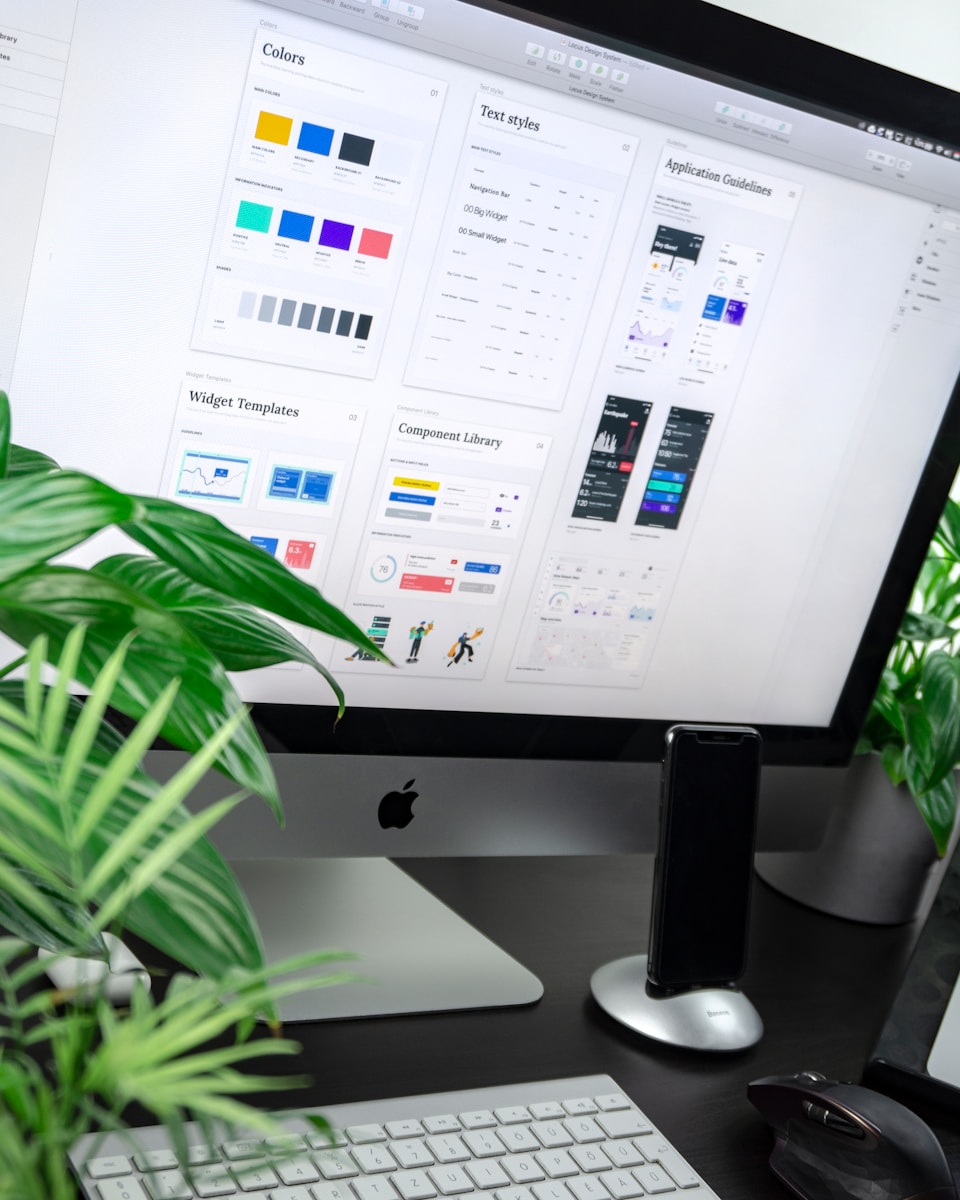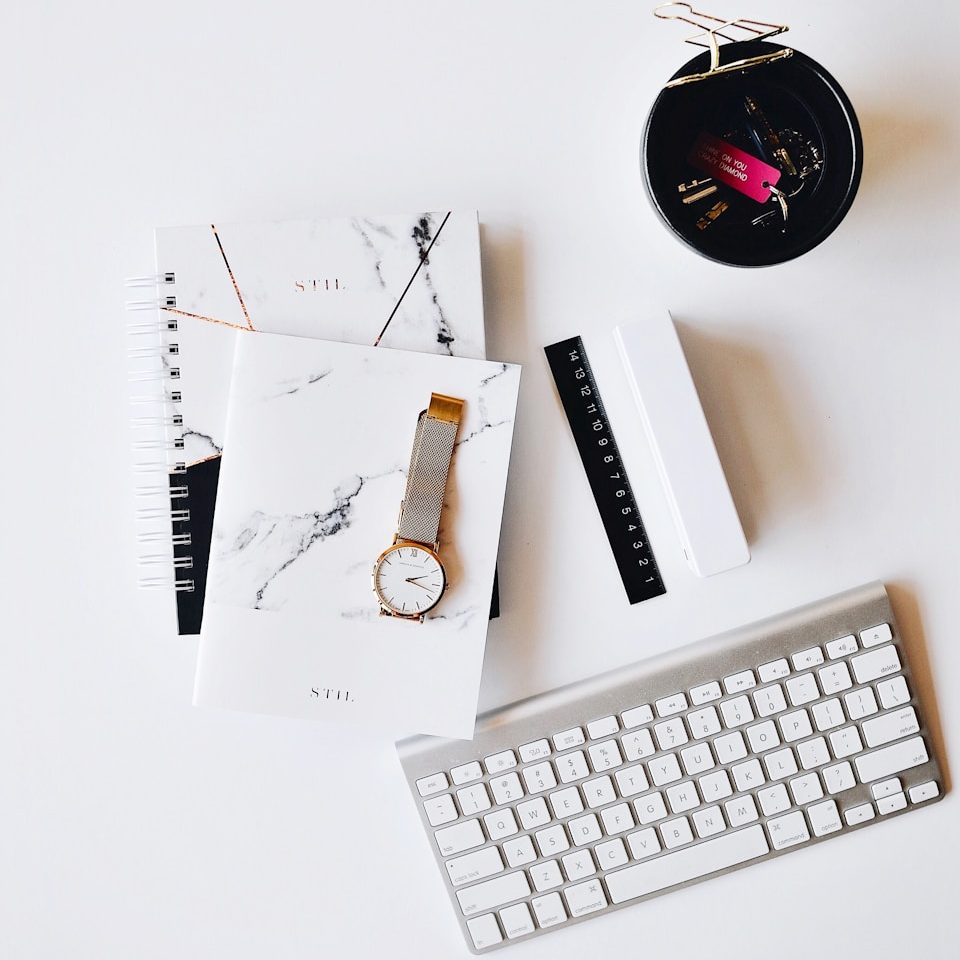Avoiding Burnout: Balancing Creativity and Productivity in Freelance Design
Freelance design can be a thrilling yet challenging career, offering the freedom to choose projects and work on creative endeavors. However, this flexibility often comes at a price—burnout. Balancing creativity and productivity is crucial for sustaining a fulfilling freelance career. Here’s how to avoid burnout while maintaining your creative edge and productivity.

Understanding Burnout in Freelance Design
Burnout is characterized by chronic stress, emotional exhaustion, and a diminished sense of accomplishment. Freelance designers face unique challenges that can contribute to burnout, including irregular income, the pressure to constantly deliver high-quality work, and the struggle to manage time effectively. Recognizing the signs of burnout—such as fatigue, lack of motivation, or irritability—is the first step towards mitigating its impact.
1. Set Realistic Goals and Boundaries
One of the primary reasons freelancers experience burnout is the tendency to overcommit. Setting realistic goals is essential for maintaining a healthy workload. Here’s how to establish effective boundaries:
- Define Your Capacity: Understand your limits and how much work you can realistically take on without sacrificing quality or your well-being. This includes assessing your creative energy levels and personal commitments.
- Communicate Clearly with Clients: Be transparent with clients about your availability and deadlines. If you’re already busy with projects, let them know when they can expect to hear from you or when you’ll be able to take on new work.
- Learn to Say No: It’s important to recognize when a project doesn’t align with your goals or when you’re simply too busy. Politely declining opportunities can preserve your energy for the projects that truly excite you.
2. Establish a Routine that Supports Creativity
Routines can help foster productivity while leaving space for creativity. A well-structured schedule allows you to manage your time effectively and allocate specific periods for creative exploration. Here’s how to create a supportive routine:
- Designate Work Hours: Set specific work hours and stick to them. This helps create a clear separation between work and personal time, reducing the risk of overworking.
- Include Breaks: Schedule regular breaks throughout your workday to recharge. Short breaks can enhance creativity and productivity by preventing fatigue and mental overload.
- Incorporate Creative Time: Dedicate time for creative exploration, even if it’s unrelated to your current projects. This can include experimenting with new design techniques, attending workshops, or working on personal projects.
3. Prioritize Self-Care
Taking care of your physical and mental health is essential for avoiding burnout. Prioritizing self-care allows you to approach your work with renewed energy and creativity. Here are some self-care practices to consider:
- Exercise Regularly: Physical activity can significantly reduce stress and improve mood. Whether it’s a daily walk, yoga, or a gym workout, find a form of exercise that you enjoy.
- Practice Mindfulness: Techniques such as meditation, deep breathing, or journaling can help manage stress and enhance focus. Even a few minutes a day can make a difference.
- Maintain a Healthy Diet: Proper nutrition fuels both body and mind. Eating a balanced diet can improve your overall well-being and keep your energy levels stable throughout the day.
4. Embrace Flexibility and Variety
One of the perks of freelancing is the ability to choose your projects. Embracing flexibility and variety can enhance creativity and prevent burnout:
- Diversify Your Projects: Engage in a mix of projects that challenge different skills and allow for creative exploration. Working on a variety of projects keeps your work fresh and exciting.
- Switch Up Your Environment: Changing your workspace can stimulate creativity. Whether it’s working from a café, co-working space, or even a different room at home, a change of scenery can reignite your creative spark.
- Learn New Skills: Investing time in learning new design techniques or software can keep your work engaging and provide fresh ideas for your projects.
5. Seek Support and Connection
Building a network of fellow freelancers can provide emotional support and foster collaboration. Connecting with others in your field can be a valuable resource for combating isolation and burnout:
- Join Freelance Communities: Participate in online forums, social media groups, or local meetups for freelancers. Sharing experiences and advice with others can alleviate feelings of loneliness and provide new perspectives.
- Collaborate with Peers: Teaming up with other creatives on projects can introduce new ideas and alleviate the pressure of working solo. Collaborative efforts can inspire innovation and bring fresh energy to your work.
- Consider Professional Help: If you’re struggling with feelings of burnout, don’t hesitate to seek professional guidance. Therapy or counseling can provide tools for managing stress and addressing underlying issues.
Conclusion
Burnout is a real concern for freelance designers, but it can be managed through strategic approaches that balance creativity and productivity. By setting realistic goals, establishing a supportive routine, prioritizing self-care, embracing flexibility, and seeking connection, you can cultivate a sustainable and fulfilling freelance career. Remember, maintaining your passion for design is essential not just for your business, but for your overall well-being. Take proactive steps to avoid burnout and enjoy the journey of creativity and design.
